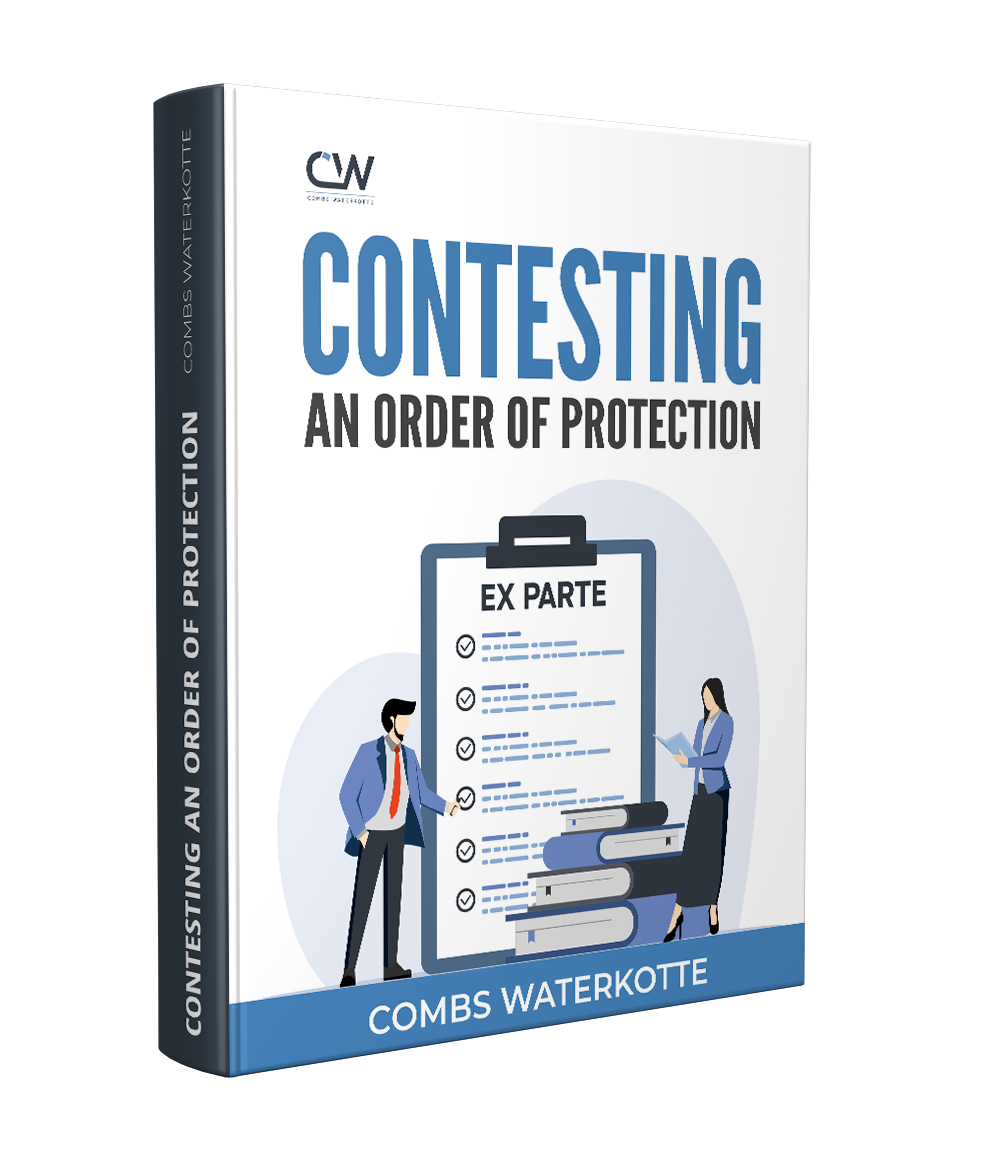Being served with an order of protection can be surprising, stressful, and even make you feel ashamed. But how you handle the situation right from the start will have a major impact on the outcome. This chapter will guide you through the immediate steps to take after being served, explain the importance of understanding the Ex Parte order, and help you prepare for the Full Order hearing, all while avoiding common mistakes that could hurt your case.
Immediate Actions After Being Served an Order of Protection in Missouri
The moment you are served with an order of protection, you need to remain calm and respond in a calculated and careful manner. The following steps are critical to ensure you are prepared for the legal process ahead:
1. Read the Order Carefully
As soon as you receive the order, read it thoroughly. The order will outline specific terms you must follow, such as no contact with the petitioner, staying away from certain locations (e.g., the petitioner’s home or workplace), and potentially even custody restrictions if children are involved.
Ensure that you fully understand these terms, as any violation—no matter how minor—can result in criminal charges, which could include jail time or fines. You may also want to review the specific laws that define violations of protection orders in Missouri, such as RsMO §455.085.
2. Comply Immediately
Compliance isn’t optional. Whether the claims are true or false, you must comply with the terms of the order until the Full Order hearing. Even a brief or accidental violation can result in criminal consequences. You will have your opportunity to have the order of protection dismissed later (but soon).
Avoid any form of contact with the petitioner. This includes not just direct contact like phone calls or text messages, but also indirect forms such as social media interactions or driving by their home.
3. Plan for the Hearing
Once the Ex Parte order is issued, a hearing for a Full Order of Protection will typically be scheduled within 15 days. This gives you a limited window to prepare your defense.
Begin organizing your defense strategy immediately by gathering any relevant documents, communications, and witness testimony that can disprove the petitioner’s claims.
4. Hire an Order of Protection Defense Attorney
You should never walk into a courtroom without a defense lawyer, and that’s especially true with an order of protection, as the court’s ultimate decision has long-lasting consequences. A skilled attorney will help you navigate the process, ensure that your rights are protected, and assist in building a strong case for the Full Order hearing. An experienced attorney will take control of the courtroom and argue your case on your behalf.
Understanding a Missouri Ex Parte Order
An Ex Parte order is a temporary protection order issued without your knowledge or presence in court. It is intended as an immediate, short-term measure to protect the petitioner from perceived harm, but it is not permanent and can only remain in effect until the Full Order hearing.
- What It Does: The Ex Parte order can include restrictions such as no contact, maintaining a certain distance from the petitioner, and sometimes limitations on seeing your children if applicable. Remember, while these terms are temporary, any violation of the Ex Parte order can still lead to criminal charges.
- Why You Must Attend the Full Order Hearing: The Ex Parte order is based solely on the petitioner’s claims, without you being able to present your side of the story. The Full Order hearing, which typically happens within 15 days, is your chance to contest the order, present evidence, and cross-examine the petitioner. Failing to attend this hearing will likely result in a Full Order of Protection being granted by default, which could have much more serious and long-term consequences for you.
Preparing for the Full Order Hearing
Your ability to successfully contest the protection order largely depends on how well you prepare for the Full Order hearing, along with the skill and experience of your attorney. Here’s how, with your defense lawyers help, you can get ready:
1. Gather Evidence
Begin collecting any evidence that can support your defense and discredit the petitioner’s claims. This could include:
- Text messages, emails, or social media exchanges that show the petitioner’s accusations are unfounded or exaggerated.
- Witnesses who can testify on your behalf. These could be individuals who were present during incidents or who have direct knowledge of the petitioner’s behavior.
- Alibis or other documents that demonstrate you were not present at the alleged events or incidents.
2. Document Your Own Story
Write down your version of events, including specific dates, times, and locations where the alleged incidents occurred. Be as detailed as possible. This will help you stay consistent when presenting your side of the story to the court.
3. Stay Organized
Keep all documents, communications, and evidence well-organized and easily accessible for the hearing. Your attorney will also need to review these materials in order to build your defense strategy, and keeping documents organized will help them present the best possible defense.
4. Prepare to Stay Composed in Court
Court hearings can be emotionally charged, especially when accusations of abuse or harassment against loved ones are involved. However, you are more likely to achieve the best possible resolution to your case if you remain calm, respectful, and composed throughout the process. This will reflect positively on your credibility in the eyes of the judge. Acting with emotion may make it appear that the alleged events are more likely to be true.
Common Mistakes to Avoid After Receiving an Order of Protection
Unfortunately, many people unknowingly make mistakes after being served with an order of protection–often before they consult with an attorney. Avoiding these pitfalls can make a significant difference in the outcome of your case.
- Failing to Appear in Court: One of the most damaging mistakes you can make is not showing up to the Full Order hearing. If you do not attend, the judge will likely grant the petitioner’s request for a Full Order of Protection by default, without hearing your side of the story. This could result in severe restrictions being placed on you for up to 10 years. Appealing an order of protection is much more challenging once a Full Order is granted.
- Violating the Ex Parte Order: Even if you believe the petitioner’s accusations are false or exaggerated, do not violate the terms of the Ex Parte order. Something as simple as sending a text message to the petitioner or accidentally being in the same place as them could lead to criminal charges and weaken your defense at the Full Order hearing.
- Not Gathering Evidence: It’s not enough to show up and deny the petitioner’s claims. You need evidence to support your case. Failing to prepare and gather supporting documents, communications, or witnesses will make it much more difficult to convince the judge to dismiss the order. Because the burden of proof (preponderance of the evidence) only requires the judge to believe the petitioner over you, your defense cannot simply be that “there isn’t enough proof” as it might be in a criminal case.
- Not Hiring an Attorney: Deciding to represent yourself in a protection order case can severely impact your chances of success. An attorney knows the nuances of the legal process, understands the burden of proof, and can cross-examine the petitioner effectively. They will help you understand your rights, organize evidence, and present a compelling defense, increasing your likelihood of a favorable outcome.
By avoiding these common mistakes, you can improve your chances of contesting the order effectively.
In the next chapter, we will dive deeper into building your case and the strategies you can use to present your defense in court.



